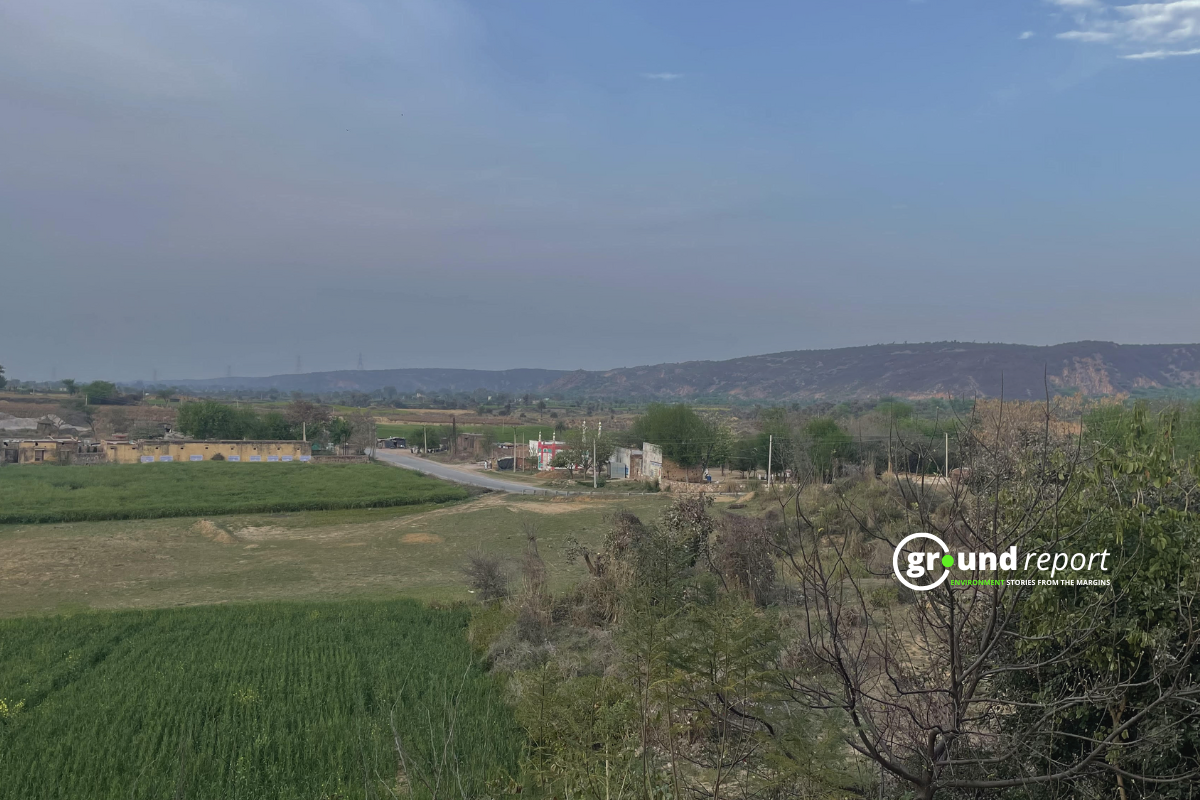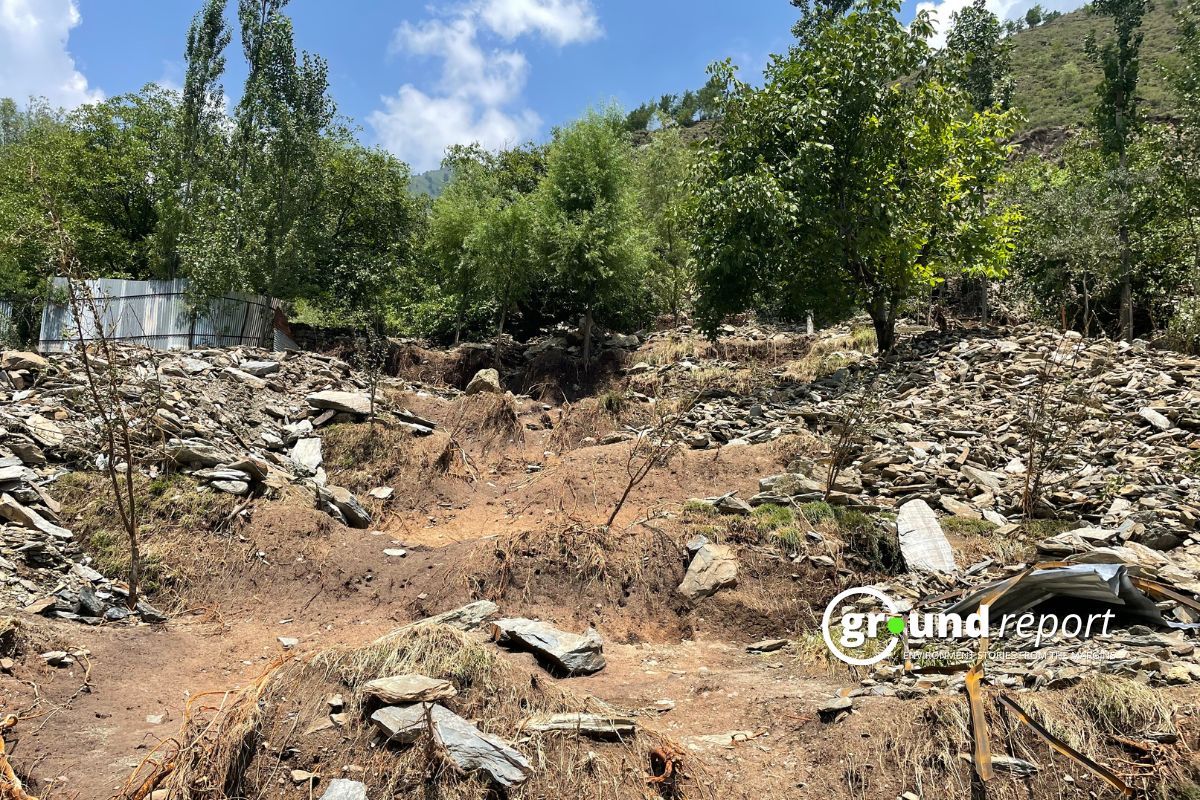Austrian Airlines flight encountered a severe hailstorm over Vienna, Austria. This caused significant damage to the aircraft’s nose and cockpit windshields. The pilots landed the plane safely, with no injuries reported.
The incident involved Austrian Airlines Flight OS434, an Airbus A320 from Palma de Mallorca, Spain, to Vienna. As the aircraft neared its destination, it flew through an intense thunderstorm undetected by the flight crew’s radar. The plane was bombarded by hailstones, some reportedly as large as baseballs.
Austrian Airlines A320 severely damaged by a hailstorm while on approach to Vienna Airport in Austria. Despite the damage to the aircraft’s nose and windscreen the pilots landed safely. pic.twitter.com/AIa7aL9HEQ
— Breaking Aviation News & Videos (@aviationbrk) June 9, 2024
Passengers described a terrifying experience as hail pounded the aircraft. Emmeley Oakley recounted the moments to ABC News via text message. “I think we were about 20 minutes from landing when we entered a hail and thunderstorm, and the turbulence began,” she wrote.
The hail hitting the plane caused panic among some passengers. “We could feel the hail, it was loud and rocky for a minute,” Oakley said. Loose items like phones and cups flew due to the turbulence, adding to the chaos.
The cabin crew remained calm and professional, reassuring and assisting the passengers. Oakley said, “Some people screamed, but the crew did a good job calming them down.”
The pilots issued a Mayday distress call due to severe weather conditions and extensive aircraft damage, alerting air traffic control and emergency services for the emergency landing.
The hailstorm only lasted two minutes but caused significant damage. When, but caused significant damage. Upon landing at Vienna-Schwechat Airport, passengers were shocked to see the aircraft’s radome, the protective nose cone housing the radar equipment, partially shattered, severely compromising the plane’s nose.
“Oakley exclaimed, ‘We didn’t notice the missing nose until we exited!'” Oakley said, “The pilots did an excellent job keeping things smooth and safe.”
Airlines issued statement
Austrian Airlines confirmed the incident, acknowledging the severe damage caused by the hailstorm. The airline said, “We confirm that on today’s flight OS434 from Palma de Mallorca to Vienna, an Airbus A320 aircraft was damaged by hail.” “The aircraft encountered a thunderstorm cell during the approach to Vienna, which according to the cockpit crew, was not visible on the weather radar.”
The statement detailed the damage, including the front cockpit windows, the aircraft’s radome, and some exterior coverings. The pilots’ skill and decision-making ensured all passengers were unharmed.
After the incident, Austrian Airlines’ technical team assessed the aircraft damage for repairs and airworthiness for service.
This terrifying encounter with a severe hailstorm highlights the potential dangers that aircraft face during routine flights. Hailstorms are common, especially in the spring and summer, but their unpredictable nature and potential for significant damage are a constant concern for the aviation industry.
How do hailstorms affect airlines?
Hailstorms can damage aircraft, causing cosmetic dents and scratches to severe structural damage. The front portions, including wings, rudders, and the radome, are especially vulnerable to hailstones, which can puncture or crack these critical components.
The radome damage in the Austrian Airlines flight was concerning because it shields the aircraft’s radar equipment. Though it doesn’t directly affect the flight, it can increase cabin noise and the risk of radar antenna damage.
Hailstorms can crack aircraft windscreens, impairing pilot visibility. Despite their design to withstand impacts, hailstones can compromise integrity, leading to emergency landings and immediate repairs.
Hail can cause structural damage, affect flight characteristics and control surfaces, reduce visibility through windshields, and damage the aircraft’s radome. In extreme cases, hailstorms may cause engine failure. Pilots use weather radar to avoid hail-prone areas and plan flight paths away from thunderstorms to mitigate these risks. Unexpected encounters can still occur, requiring swift repairs for flight safety and efficiency.
Hailstorms have caused engine failures, but modern aircraft engines being tested to withstand high-speed impacts from birds and hailstones. The risk of hail entering an engine can’t be ignored, so avoiding severe weather is a top priority for pilots and air traffic controllers.
The aviation industry has strategies to mitigate hailstorm risks, focusing on weather forecasting and pilot-air traffic control communication. Advanced weather tech and real-time data sharing have improved the ability to anticipate and navigate hailstorm cells, enabling informed decisions on flight paths and altitudes.
“Hail-related concerns are a key factor in flight cancellations or delays, particularly when storm risks loom.” Hail can cause cracked windscreens, impairing visibility and requiring emergency landings. Additionally, the aircraft’s radome, which is crucial for radar transparency, often sustains damage during hailstorms. While engine intrusion is rare, it remains a potential risk, prompting rigorous testing and protective measures for aircraft engines.
Despite precautions, unexpected hailstorms can still occur, as with the Austrian Airlines flight. In such instances, the expertise and quick decision-making of the pilots are paramount for ensuring everyone’s safety.
Keep Reading
Part 1: Cloudburst in Ganderbal’s Padabal village & unfulfilled promises
India braces for intense 2024 monsoon amid recent deadly weather trends
Support us to keep independent environmental journalism alive in India.
Follow Ground Report on X, Instagram and Facebook for environmental and underreported stories from the margins. Give us feedback on our email id greport2018@gmail.com.
Don’t forget to Subscribe to our weekly newsletter, Join our community on WhatsApp, and Follow our YouTube Channel for video stories.










